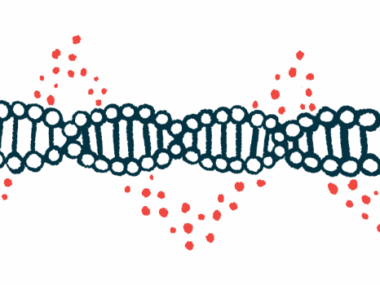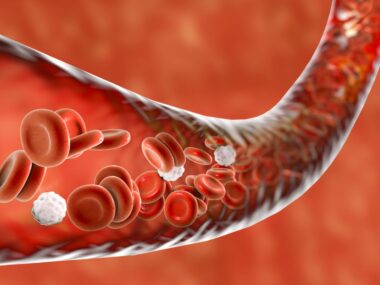Immune cells linked to kidney, lung complications in SSc: Study
Findings could help researchers develop more effective treatments
Written by |

Levels of certain types of immune cells are abnormally high in some people with systemic sclerosis (SSc), and this may be linked to serious kidney and lung complications — such as renal crisis and interstitial lung disease (ILD) — according to a study of blood cells from patients.
“Taken together, our single-cell analysis of patient samples show specific abnormalities in distinct subsets of immune [cells] are associated with different clinical symptoms of systemic sclerosis, particularly organ manifestations,” Hiroshi Shimagami, the study’s first author from the University of Osaka in Japan, said in a university press release.
By identifying and tracking these immune cells, doctors may be able to intervene early to prevent severe complications, the study suggests. These findings could also help researchers develop more effective treatments for SSc.
The study, “Single-cell analysis reveals immune cell abnormalities underlying the clinical heterogeneity of patients with systemic sclerosis,” was published in Nature Communications. Five of its authors work at Chugai Pharmaceutical, which codeveloped Actemra (tocilizumab), an approved medication for systemic sclerosis-associated interstitial lung disease (SSc-ILD).
Sequencing method focuses on causes of immune changes
Scleroderma is an autoimmune disease that causes thickening of the skin and Raynaud’s phenomenon, where the fingers and toes change color and feel numb in cold temperatures. SSc can also affect internal organs, such as the kidneys and the lungs.
Up to about two-thirds of patients develop ILD, which occurs when the lungs become inflamed and scarred. Fewer go on to experience a renal crisis, which can result in kidney failure after a sudden increase in blood pressure. The reason why the disease affects different organs in different patients is not well understood.
While it’s known that immune dysfunction plays a key role in the development of SSc, the immune changes that cause the disease are still not fully understood. Single-cell RNA sequencing (scRNA-seq) — a method that examines individual cells to identify patterns in gene activity — could help uncover these immune changes.
“We know that immune dysregulation causes [blood vessel] damage and tissue [scarring] in systemic sclerosis,” said Shimagami. “However, it remains unclear why skin symptoms and the level of organ involvement differ from patient to patient.”
Certain immune cells more abundant in patients with kidney complications
In this study, the researchers used scRNA-seq to analyze blood cells from 21 adults with SSc who had a median age of 64 and a median disease duration of seven years. The patients had never received immunosuppressive treatment. The study also included six healthy individuals of similar age.
The researchers identified a particular group of immune cells, known as CD14-positive monocytes, that were more abundant in patients with scleroderma renal crisis than in those without it. Monocytes are white blood cells that normally help fight infections. In these patients, a gene called EGR1 was highly active in CD14-positive monocytes.
We identified a specific subset of immune cells, the EGR1-expressing subpopulation of [CD14-positive] monocytes, that were clearly associated with scleroderma renal crisis, a serious kidney complication in patients with systemic sclerosis.
When the EGR1 gene is active, it makes immune cells more inflammatory by activating a signaling pathway called NF-kappa B, which increases immune activity. These EGR1-positive monocytes then develop into macrophages — larger immune cells that settle in tissues. In kidney samples from patients, these macrophages were found near damaged areas, suggesting they contribute to organ damage.
“The results were intriguing,” said Masayuki Nishide, MD, PhD, the study’s senior author. “We identified a specific subset of immune cells, the EGR1-expressing subpopulation of [CD14-positive] monocytes, that were clearly associated with scleroderma renal crisis, a serious kidney complication in patients with systemic sclerosis.”
Another type of immune cells, CD8-positive T-cells, were found in greater numbers in the blood of patients with ILD. These immune cells had a pattern of gene activity linked to type II interferon, a protein that makes immune responses more inflammatory. They were found not only in the blood, but also in the lungs, showing they are likely move from the bloodstream and may contribute to inflammation and scarring.
“In conclusion, scRNA-seq identified key cellular subpopulations associated with specific organ manifestations,” the researchers wrote. “Time-series analysis and tissue perturbation studies of these cellular subsets in larger cohorts [groups of patients] will further clarify the pathogenesis [disease mechanism] of SSc and demonstrate the potential of these subsets as therapeutic targets.”







